“Quranic Stories” is a new and scientific analysis of the stories of the prophets. In Part Two, the author continues the path of prophethood to see how the sciences and knowledge of prophecy accumulated, how humans discovered fire and burying the dead, how they learned, at the hands of Noah, how to cross water barriers, at the hands of Shu’aib, how to fulfill the obligation of measuring and weighing, and at the hands of Joseph how to store the harvest of bounty seasons for days of famine. He continues the path of the messages to see how religious laws diversified and evolved from strict religious laws to strict religious laws, with a clear tendency toward facilitation and mitigation; and how rituals differed in form and devotion. Fasting, which began as abstaining from speech altogether, later became abstaining from food, drink, and contact with women, as well as avoiding obscene and vulgar language. Prayer, which began as supplication and remembrance, then took on a ritual form, including standing, sitting, bowing, and prostrating, requiring humility.
Quranic Stories A Contemporary Reading Part Two From Noah to Joseph
د.ا11.00
A contemporary analytical reading of the stories of the prophets from Noah to Joseph, linking the Qur’anic text to the historical and intellectual context.
Available on backorder
| Categories: | stories, Religions, Islamic Curricula |
|---|---|
| Tags: | Islam, Islamic Studies, Qur’an, thought |
| Author | |
|---|---|
| Year | |
| Publisher | Dar Al Saqi |
You may also like…
-
Sea Prayer
د.ا12.00Sea Prayer is a poignant and poetic reflection on the suffering of refugees, told as a letter from a Syrian father to his lost child.
-
Tigers on the Tenth Day
د.ا5.00A collection of symbolic stories that addresses oppression and freedom through a sarcastic style and intense language.
-
Spring in Ashes
د.ا5.00In “Spring in Ashes,” Zakaria Tamer presents satirical short stories that reveal the contradictions of Arab reality and the cruelty of power.
-
Quranic Stories An Introduction to the Stories and the Story of Adam Part One
د.ا15.00The book addresses a contemporary reading of the Quranic stories through the story of Adam to understand the intellectual and religious structure of the Quranic text.
Related products
-
The Power of Now; The Guide to Spiritual Enlightenment
د.ا4.97The Power of Now emphasizes the importance of living in the present moment to achieve inner peace
د.ا6.39 -
Letting go; the road to delivery
د.ا8.52The book explores how to release negative emotions and surrender to the present moment to achieve inner peace
د.ا9.94 -
Crazy parades
د.ا2.13Gibran’s literary style was characterized by smooth words, simplicity of expression, the use of all linguistic formulas and styles, and the frequent use of metaphors and figures of speech. Perhaps the most important feature of Gibran’s literary works is creativity in the art of photography. We find many beautiful, imaginative artistic images full of deep meanings and expressions covering his literary works; because he was an artist and painter who initially depicted the idea and then created it. Gibran relied on two styles in his literary works: the first is characterized by strength and revolution against beliefs and customs and the call for freedom, and the second is characterized by the love of enjoying life and the call to follow inclinations
د.ا3.55 -
Dreams
د.ا2.13The Book of Dreams is one of the most famous books of Dr. Mustafa Mahmoud. It is an interesting and interesting book, which began with dreams and their interpretation from a purely philosophical point of view, with a scientific presentation characterized by ease, mastery and high quality.
د.ا3.55 -
I saw God
د.ا2.13I saw God is a book written by Dr. Mustafa Mahmoud in which he talked about the journey of one of the Sufi imams, Muhammad bin Abdul-Jabbar bin Al-Hassan Al-Nafari, through his book Positions and Correspondences, which is one of the main pillars of Sufism. The role of Dr. Mustafa Mahmoud in this book is to comment only on what came from the book of positions by Al-Nafari, and this book clarifies many things and questions about some Sufi ideas through this journey that Dr. Mustafa Mahmoud offers us to one of their imams, and these things include: divine love and the relationship of the Sufi with God, and so on. The book takes the reader on a luminous journey of meditation, spirituality and the monologue of God.
د.ا4.26 -
Novelties and curiosities
د.ا2.13Gibran’s literary style was characterized by smooth words, simplicity of expression, the use of all linguistic formulas and styles, and the frequent use of metaphors and figures of speech. Perhaps the most important feature of Gibran’s literary works is creativity in the art of photography. We find many beautiful, imaginative artistic images full of deep meanings and expressions covering his literary works; because he was an artist and painter who initially depicted the idea and then created it. Gibran relied on two styles in his literary works: the first is characterized by strength and revolution against beliefs and customs and the call for freedom, and the second is characterized by the love of enjoying life and the call to follow inclinations
د.ا3.55 -
Death Mystery
د.ا2.84The Mystery of Death is a book by Mustafa Mahmoud in which he discusses death through a scientific and philosophical vision, and believes that death and life are two sides of the same coin, we die every day, as millions of cells die inside our bodies without us feeling them, and this is called the smallest death, and the book is divided into chapters such as the puzzle, the thread, time and the soul.
د.ا4.26 -
Soul and body
د.ا2.13“True happiness is a deep state of tranquility in which there is less need to speak and no desire to gossip. It is a state of joyful inner vision, a sense of reconciliation with the soul, the world and God, a deep conviction of the justice inherent in all existence, and an acceptance of all sufferings in contentment and smiling.”
“Oh God, make my call with you alone, for you alone know, and do not oppress, and do not change words and judgments, and do not lose your love”
“Silence full of feeling has a stronger judgment than the rule of the wordد.ا4.26
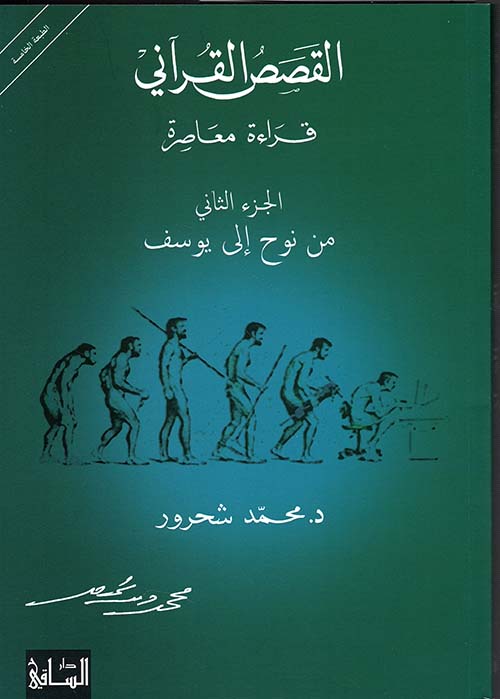
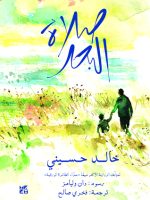

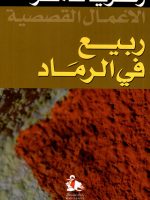
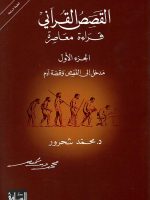
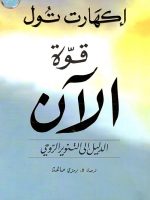
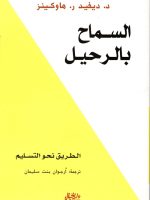
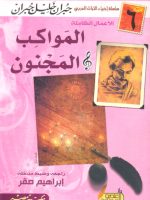

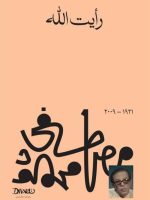
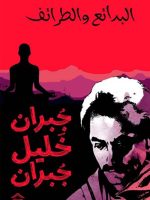

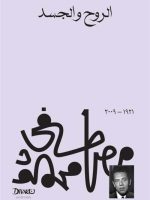
Be the first to review “Quranic Stories A Contemporary Reading Part Two From Noah to Joseph”